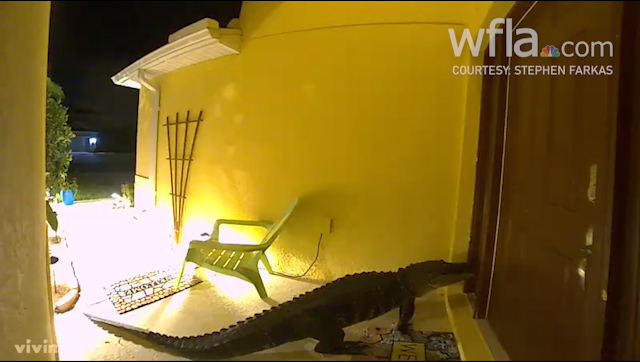TAMPA, Fla. (WFLA) – The Florida Fish and Wildlife Conservation Commission meeting on Wednesday provided an update on the Unusual Mortality Event (UME) of West Indian manatees in Florida.
As of July 30, according to FWC, a total of 890 manatees have died in the state.
In Wednesday’s report, FWC findings cite severe emaciation of the animals, with reports showing victims of the event are up to 40 percent underweight.
In addition to other factors, red tide, is listed as a “long term threat.” Prior to this event, multiple UMEs have been declared due to red tide, resulting in around 450 manatee deaths, from 1996 to 2007.
FWC reports state the cause of this event, primarily on the east coast, is due to seagrass loss, which is primarily happening in the Indian River Lagoon in Brevard County.
“Blood data of rescued manatees suggest end-stage starvation,” reports say.
The report says the St. Johns River Water Management District, which has been monitoring the sea grass in the lagoon for 30 years, has seen around 46,000 acres of sea grass loss since 2009.
Prior to the UME, the manatee population off the Atlantic coast was estimated as 8,810 across the state, according to FWC.
FWC plans to focus on habitat restoration for manatees in the short term.
“In the long term, the focus needs to be on improving water quality and, where feasible, habitat restoration. Water quality efforts will focus on nutrient reduction,” the report says.
The FWC will continue to investigate health effects of the mortality event with necropsy data and other findings, including bloodwork from rescued manatees, two of which are currently recovering at ZooTampa.
“Existing work involving aerial surveys and photo identification will help determine longer term population impacts,” FWC said.

